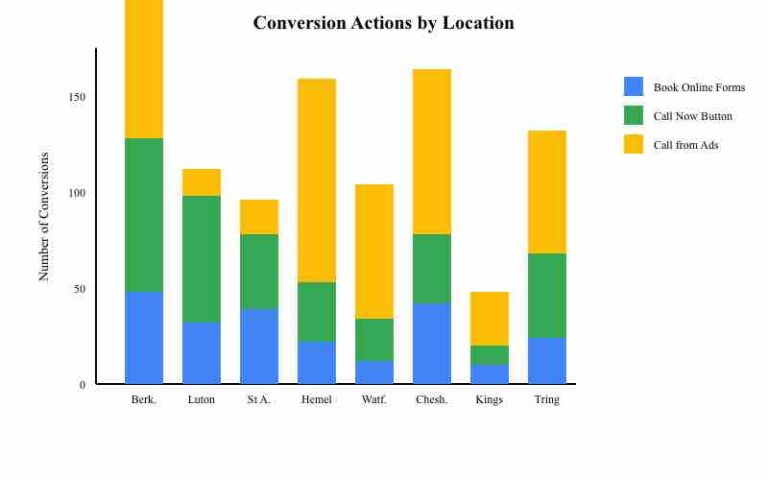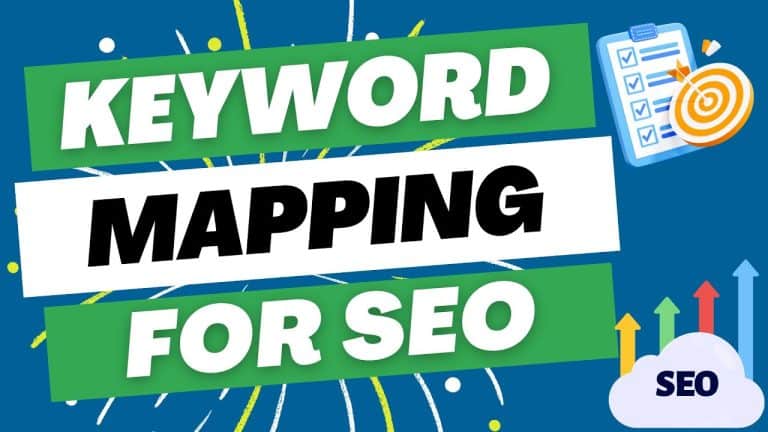The Ultimate Guide to Google Ads Costs and Billing in 2023: How Much to Expect and Understanding Their Billing Process
The author of the blog post, well-versed in SEO writing and fluent in English, presents the ultimate guide to Google Ads costs and billing for the year 2023. In this post, they aim to provide readers with insights on what to expect and help them understand the billing process used by Google. Expect only concise and informative content from this writer, without any extra text or unfinished sentences at the end.
Introduction
In today’s digital age, every business needs a robust online presence to stay ahead of competitors and ensure their customers can easily find them online. Google Ads is a powerful tool for businesses to reach potential customers online, but it can be intimidating, especially when it comes to budgeting for the cost of running ads. With the help of Surfside PPC’s latest video, businesses can gain clarity on how much to expect and understand the billing process for Google Ads. This ultimate guide will delve into the key takeaways from the video and provide an in-depth look at Google Ads costs.
How Much Does A Google Ad Cost?
There’s no straightforward answer to this question, as the cost of a Google Ad varies depending on several factors. The most significant determinants of cost are the level of competition for your chosen keywords and your Quality Score. However, advertisers have control over their daily budget and monthly spending on Google Ads.
Controlling Your Costs with Google Ads
- Daily budget: With a daily budget, you can control how much you spend on your ads each day, and Google will automatically stop showing your ads once your budget has been depleted.
- Monthly spending: Advertisers can set a maximum amount they’re willing to spend on Google Ads each month, ensuring they don’t go over budget.
The Average Cost per Click
According to Surfside PPC’s video, the average cost per click in Google Ads for search ads is $2.69/click, and for display ads, it’s $0.63/click. However, this varies by industry and the competition for keywords, so it’s crucial to do adequate research beforehand.
Understanding Google Ads Billing
Google Ads can be difficult to budget for, but Surfside PPC’s video demonstrates how to do it. Understanding the billing process can help businesses plan and optimize their ad spend.
- Automatic payments: Advertisers can pay for Google Ads with automatic payments, where they are charged only after ads run. Payment methods get charged on the 1st of the month and also when a payment threshold is reached.
- Payment Threshold: Advertisers can request to increase their payment threshold, which is the amount of cost accumulated before Google charges the payment.
- Manual payments: Manual payments are an option for paying for expected campaign charges. This option is best for businesses wanting to stick to a strict budget or those who have had issues with automatic payments in the past.
- Monthly invoicing: Monthly invoicing is available if a business has been operating for 1+ years and has a minimum monthly spend of $5,000.
Conclusion
Google Ads is an effective strategy for businesses of all sizes looking to reach potential customers online. However, the cost of running ads can be daunting, especially for small businesses on a tight budget. By understanding Google Ads costs and billing processes, businesses can create effective campaigns without overspending. Surfside PPC’s guide is an excellent starting point for businesses looking to develop a deeper understanding of Google Ads.
FAQs
-
Can you control how much you spend on Google Ads?
Yes, advertisers have control over their daily budget and monthly spending on Google Ads. -
What is the average cost per click for Google Ads?
The average cost per click for search ads is $2.69/click, and for display ads, it’s $0.63/click. -
What payment methods are available for Google Ads?
Automatic payments, manual payments, and monthly invoicing. -
What is a payment threshold, and can it be increased?
The payment threshold is the amount of cost accumulated before Google charges the payment. Advertisers can request to increase their payment threshold. -
Are Google Ads effective for small businesses on a tight budget?
Yes, with the right strategy and understanding of costs and budgets, small businesses can effectively advertise on Google Ads without overspending.







